Are you tired of paying for TV you don't watch? Free is launching the Pop S, a 100% internet box at a low price. We've compared the models to save you headaches... and unpleasant surprises.
Free has just launched its Freebox Pop S at €24.99/month, a 100% internet offer without a TV or landline. At first glance, it's an attractive price for those who just want to surf... but compared to the Ultra, the classic Pop, and the aging Revolution Light, which one should you choose? We've analyzed each model for you.
Between high-speed fiber, TV options, and design, Freeboxes are multiplying. The Pop S enters a market dominated by Bouygues and its €23.99 Pure Fibre offer. Free counters with Wi-Fi 7 and a repeater included. But is it enough?
Freebox Pop S: the essentials (really) cheaper
At €24.99/month, the Pop S is Free's answer to Bouygues' Bbox Pure Fibre. No more TV, but this dual-play offer still includes calls to landlines. The emphasis is on fibre internet (5 Gbit/s download, 900 Mbit/s upload) and Wi-Fi 7, even without the 6 GHz band. A repeater is available on request for larger homes.
Compared to the classic Pop (€29.99 then €39.99), the Pop S saves you €5 to €15/month. The bad news is that the discount on Free mobile plans included is different. The Freebox Pop gives you the right to a Free 5G unlimited 5G/4G internet plan for €9.99/month, while with the Pop S, this price increases to €15.99 after one year. It's therefore an excellent offer for those who already have a connected TV.
Freebox Pop: the unbeatable all-rounder
At €29.99/month (then €39.99), the classic Pop remains Free's best-seller. Same fiber performance as the Pop S, but with an Android TV player: 200 channels, Disney+ and Prime Video as an option, and Dolby Vision compatibility for movie buffs. The player can also save old TVs thanks to its 16 GB of storage.
On the network side, it's still Wi-Fi 7. As with the Freebox Pop S, the repeater is free upon request. It's an excellent offer for families juggling Netflix, television, and phone calls. But beware of paid options: add Canal+ and Disney+, and the bill quickly mounts up.
Freebox Ultra: the (very) powerful powerhouse
Reserved for deep pockets, the Ultra starts at €49.99/month and reaches €59.99 after one year. In return, it offers symmetrical 8 Gbps, quad-band Wi-Fi 7, and 2.5 Gbps Ethernet ports—the dream of professional streamers or homes with NAS. The box, equipped with a screen, displays the time and other essential information.
Do the included services (Netflix, Disney+, Cafeyn) justify the price? It depends on your usage. The Essential version, at €39.99/month, removes these options but keeps the speed. Some people will therefore prefer to opt for the Pop and subscribe to Netflix separately. In short, the Ultra is here to appeal to techies.
Freebox Revolution Light: the fossil (to be avoided)
At €19.99/month then €29.99, the Revolution Light focuses on nostalgia. Blu-ray player, 250 GB hard drive... relics of the 2010s. Its performance barely exceeds Wi-Fi 5 and 1 Gbit/s fiber, a pittance compared to the Pop S. The bulky design and fan noise also don't work in its favor.
Free is keeping it alive for die-hard DVD fans, but in 2025, a used Blu-ray player will also do the job very well. Even the player's image and sound are limited to 1080p, so no more 4K channels. With all these flaws, it's hard to recommend it.
So, which one should you choose?
- For minimalists: The Pop S at €24.99. Perfect if you only use Netflix, YouTube, and the apps from major TV channels (TF1+, M6+, etc.).
- For families: The classic Pop at €29.99 (then €39.99). With the TV player and options like the €9.99 lifetime mobile plan, it covers all your needs.
- For power users: The Ultra, if your budget allows. A must-have for gaming or massive downloads.
- For the nostalgic: The Revolution Light… or rather, no. Really, it's best to avoid it.
For us, the Freebox Pop S is clearly the best value for money offer. At €24.99/month with no increase after one year, the Pop S is Free's cheapest offer in the long term. Compared to the classic Pop (€29.99 then €39.99), it saves up to €180 over two years. Free is playing the flexibility card: no commitment, online subscription in 5 minutes. With 5 Gbit/s fiber and Wi-Fi 7 (on 2.4/5 GHz), the Pop S handles 4K streaming, video calls, and online gaming without batting an eyelid.
In short, a good deal, provided you don't need the Pop's 200 channels. For those who are averse to superfluous options, it's a relief. But beware of the Free ecosystem: if you plan to add TV later, it's better to opt directly for the classic Pop.
Free is clearly repositioning its range with the Pop S, but Bouygues remains a threat with its Pure Fiber at €1 cheaper, even if the latter has its share of flaws. As a reminder, this one is blocked at Wi-Fi 6E, the repeater is not offered and is limited to Wi-Fi 6, and eligibility is restricted outside of major cities.
What is certain is that the price battle is back on... and that's good for your wallet. The Freebox Pop S isn't revolutionary, but it fills a gap. For those who just want internet, it's Free's smartest offer. The other models remain relevant depending on your needs... except for the Revolution Light, which deserves a well-deserved retirement.

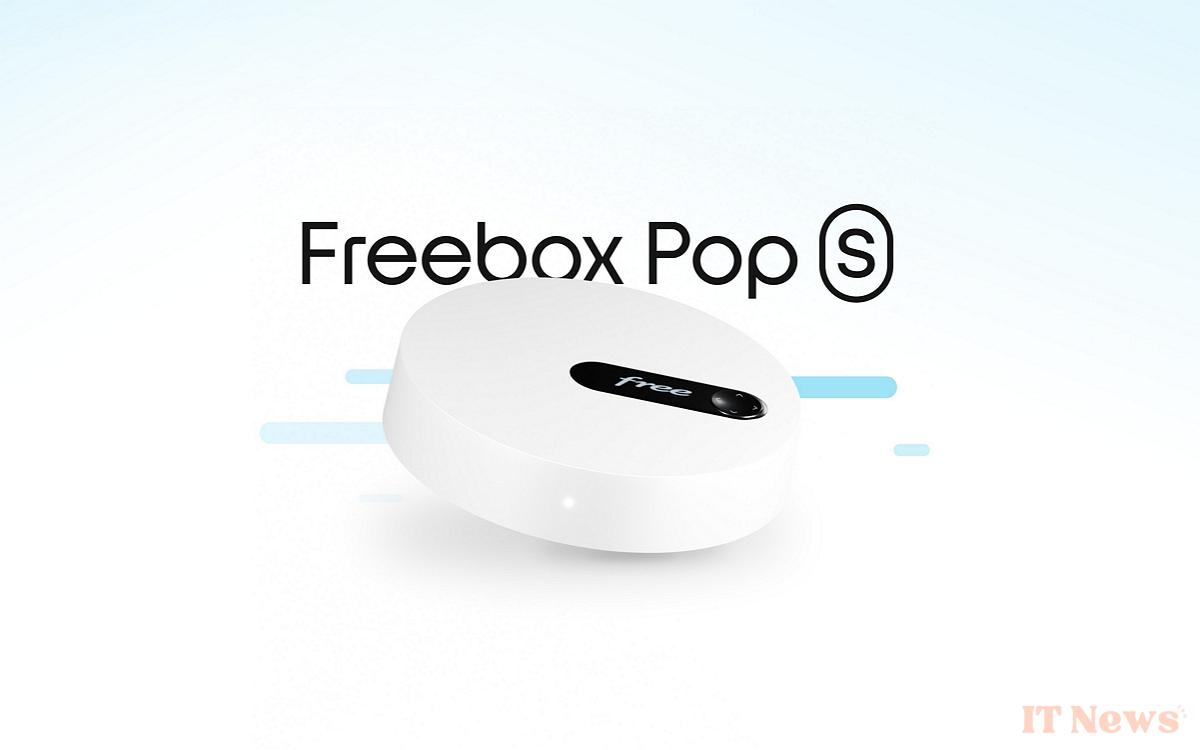

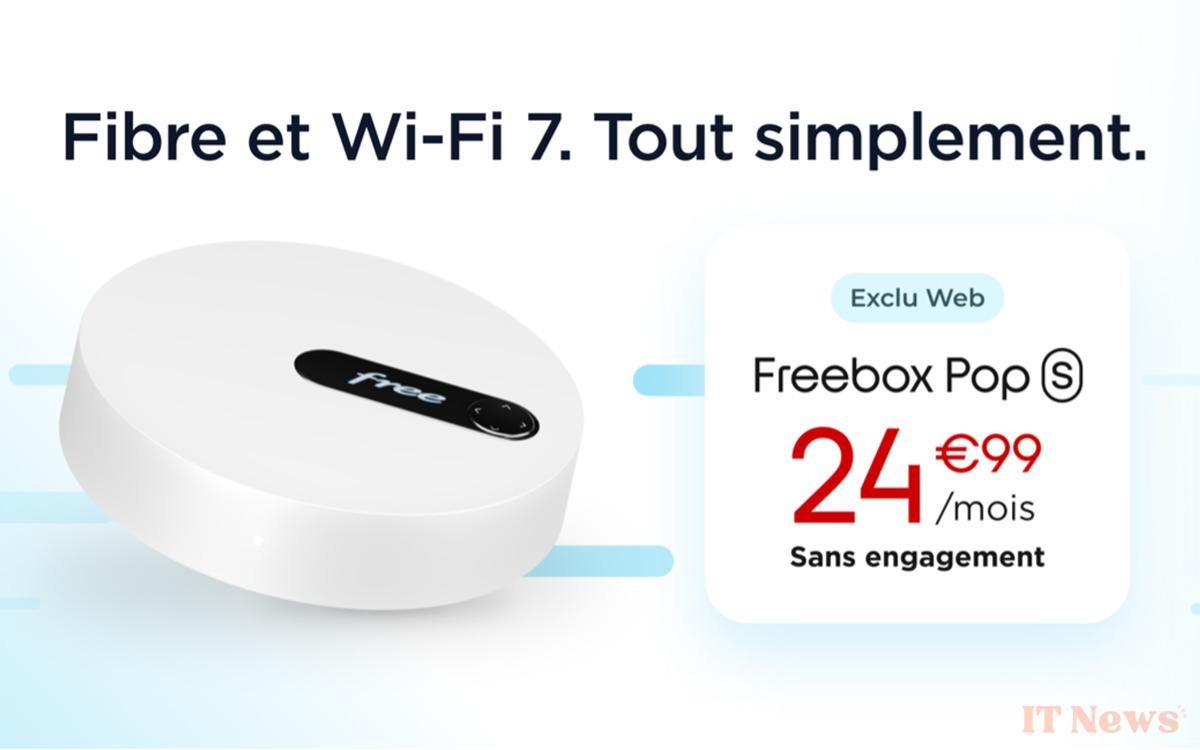
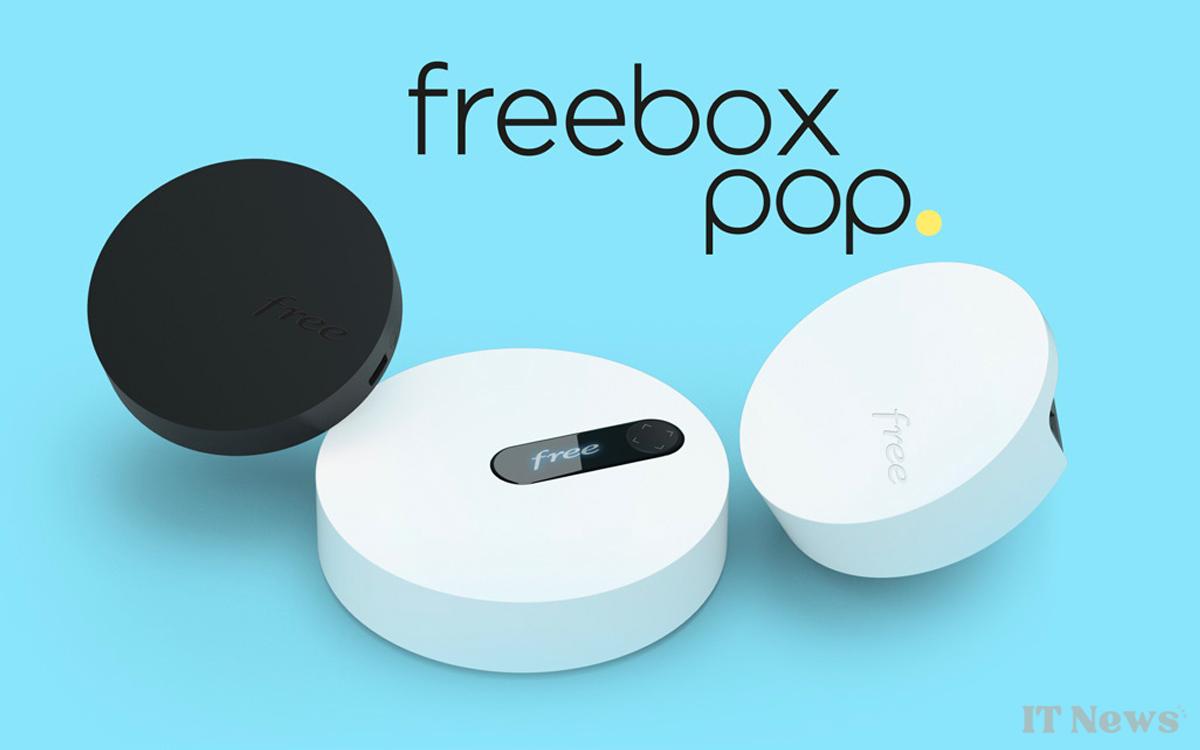
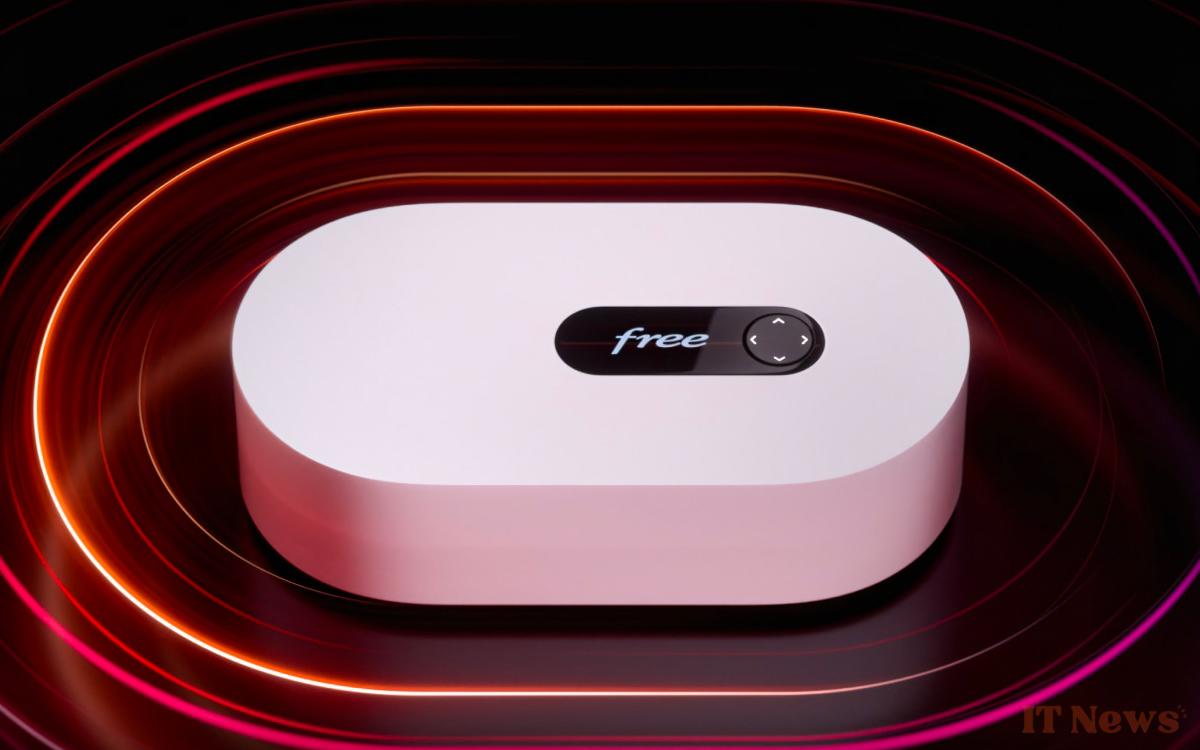
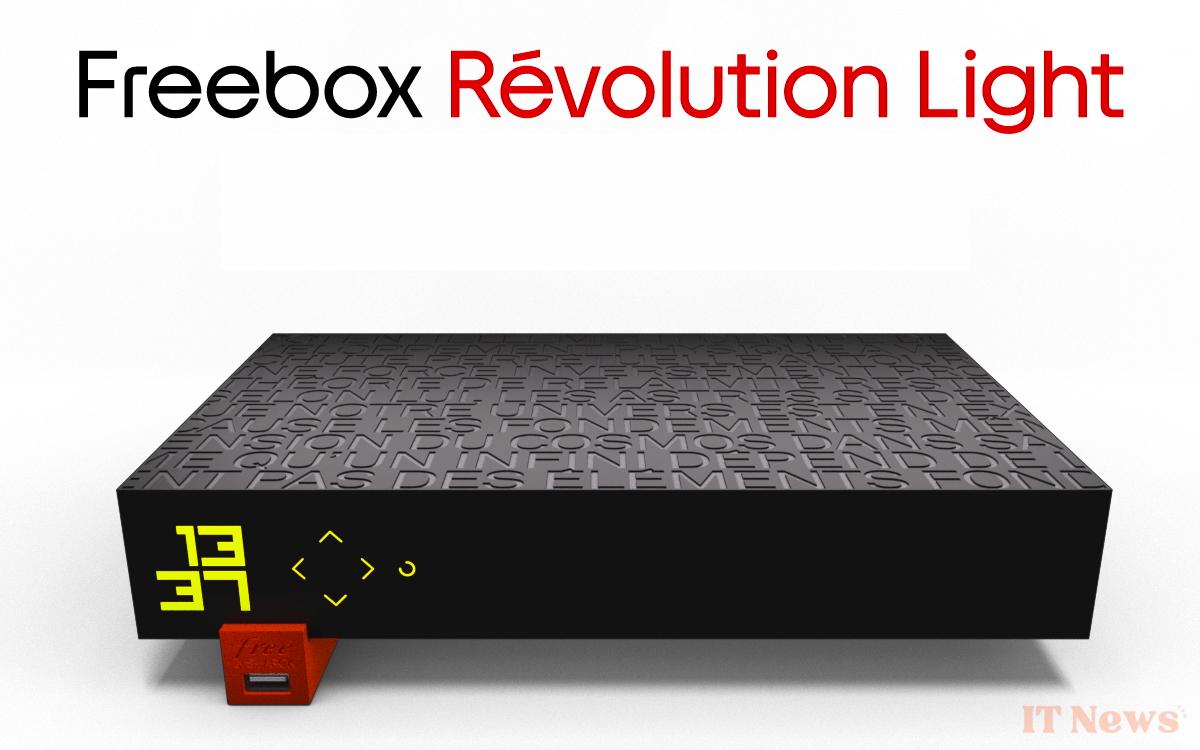
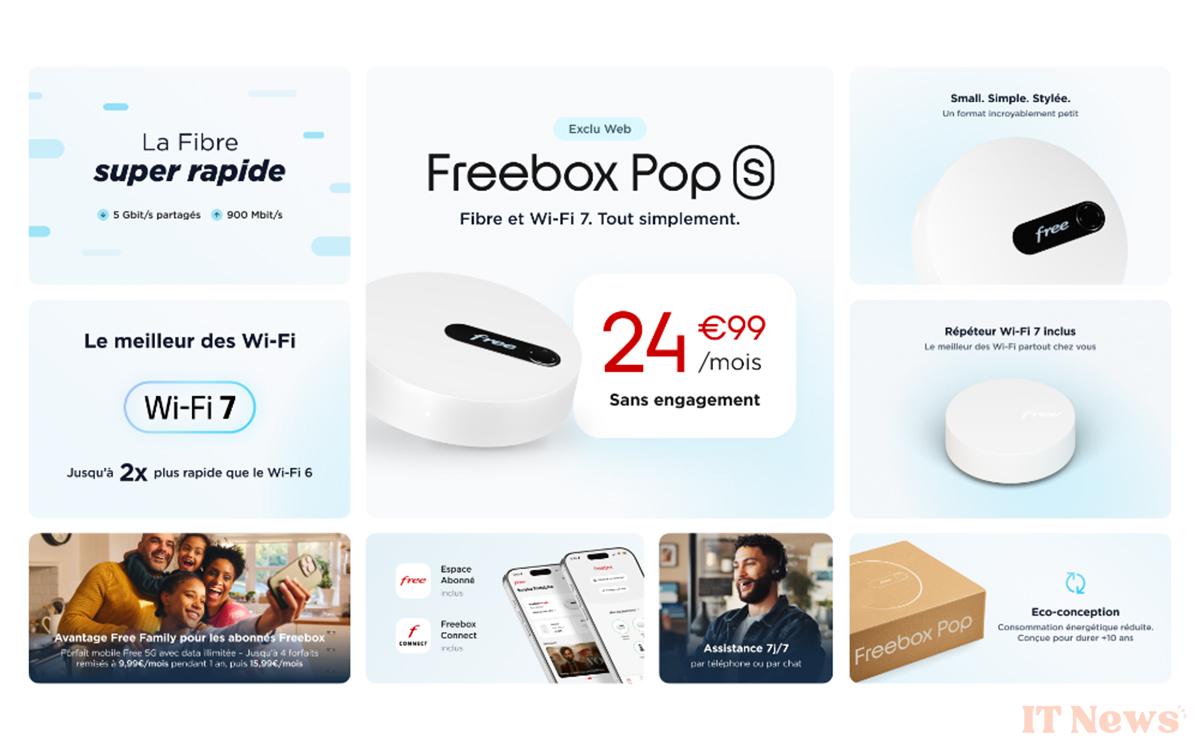

0 Comments